
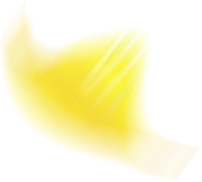

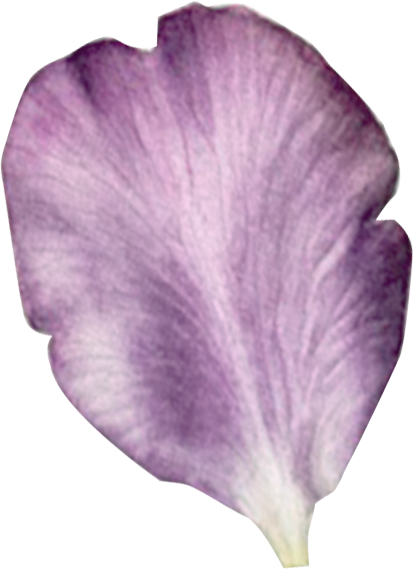


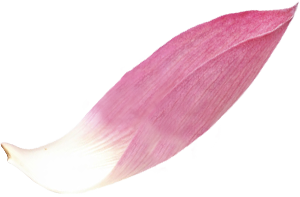
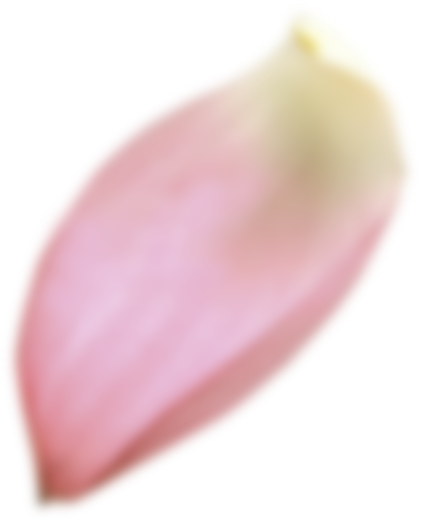
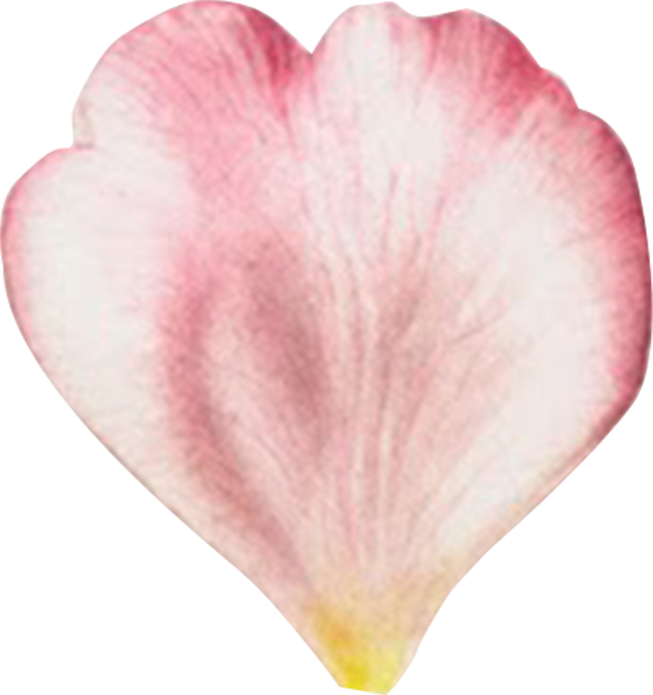
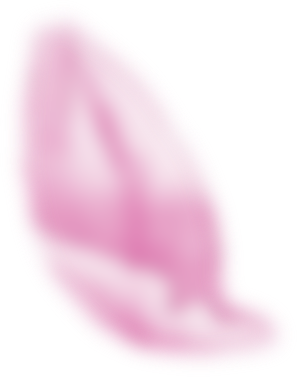
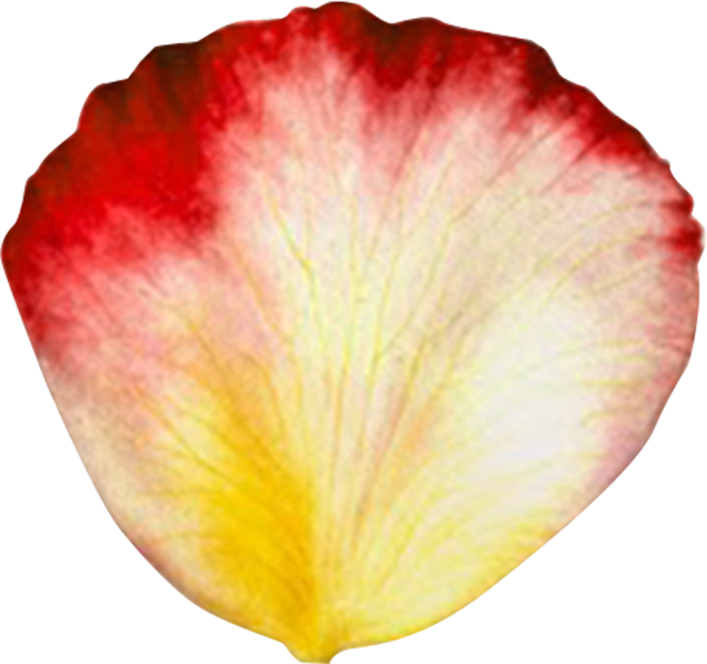
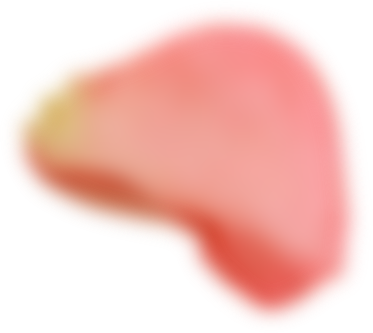
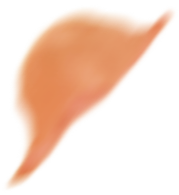

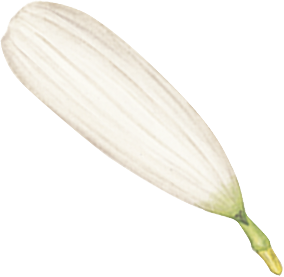



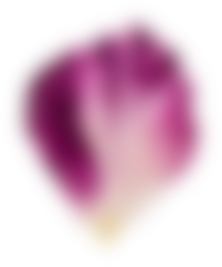




Click on the falling petals

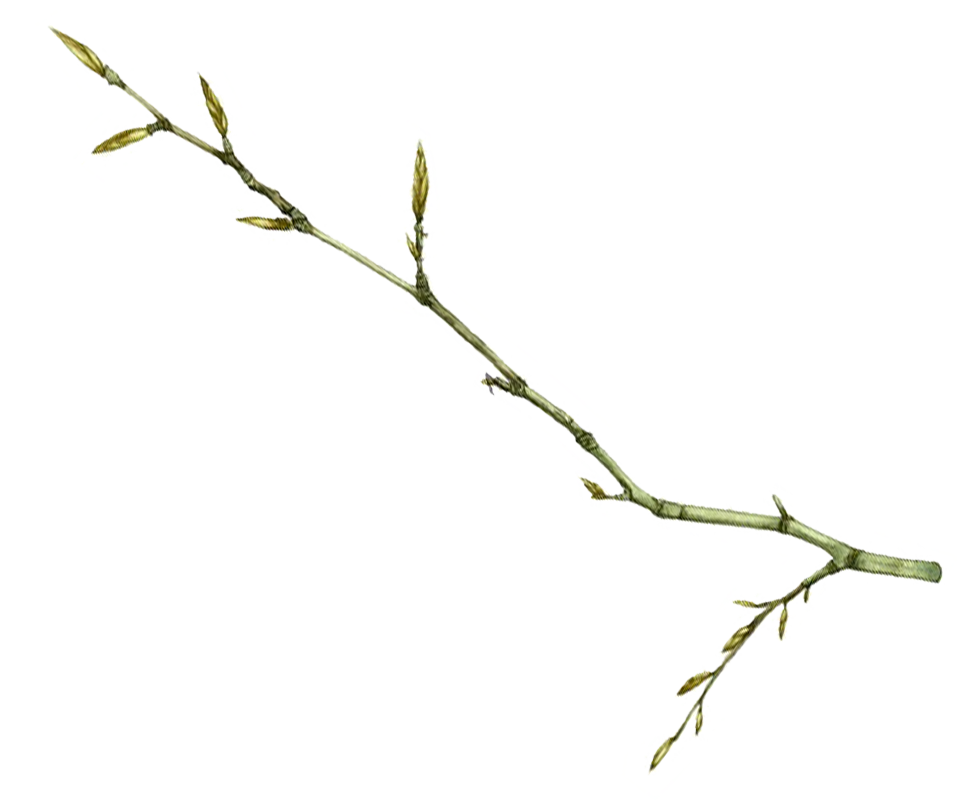























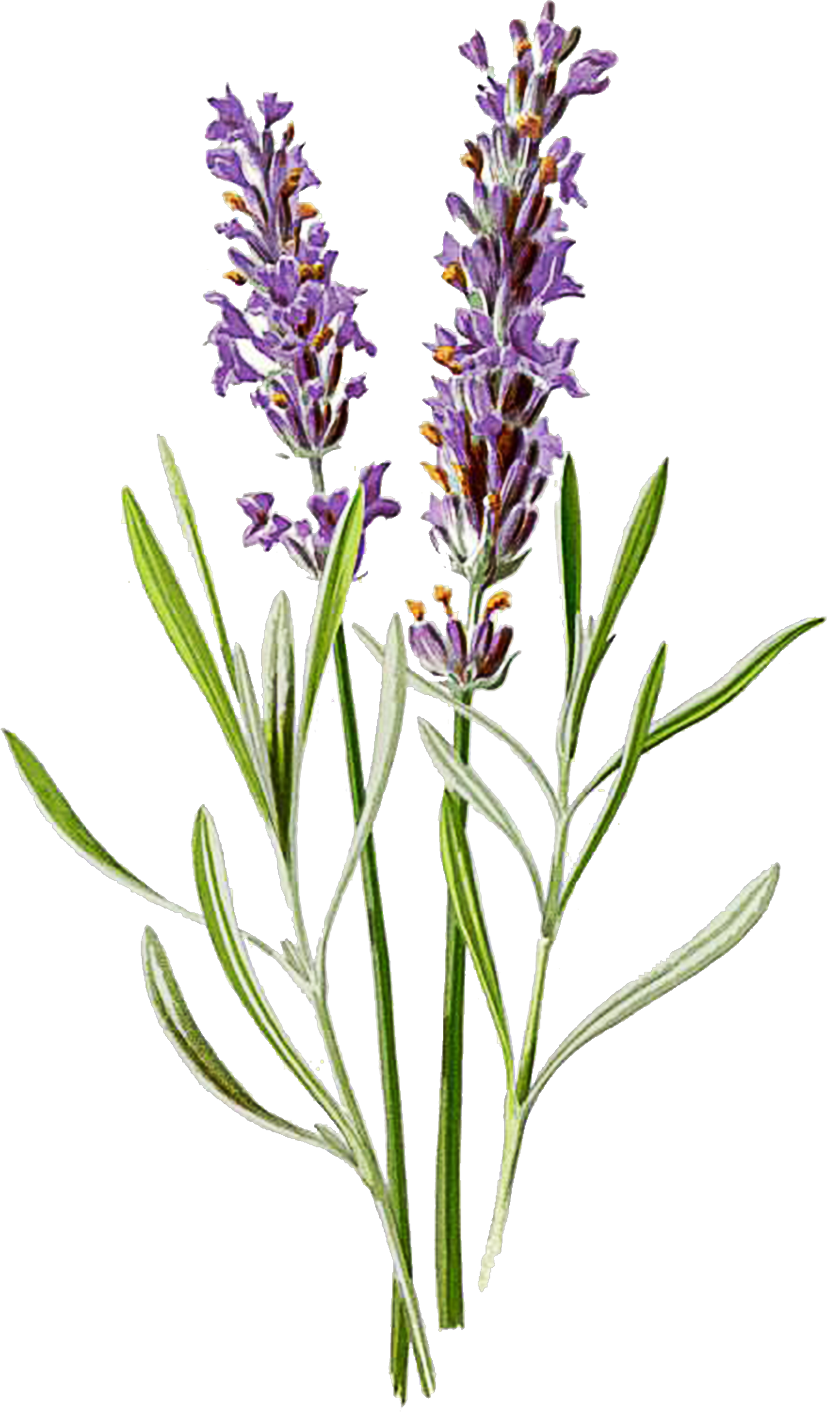
Lavender fills the early-summer garden with sensory delights: beautiful purple-tone blooms atop foliage that oozes fragrance on a sunny afternoon. Every part of the plant is infused with aromatic oil, making this a choice herb to place along pathways or near outdoor seating areas so you can savor the fragrance. Lavender varieties abound: The darker the flower, the more intense the aroma -- and the flavor in cooking.

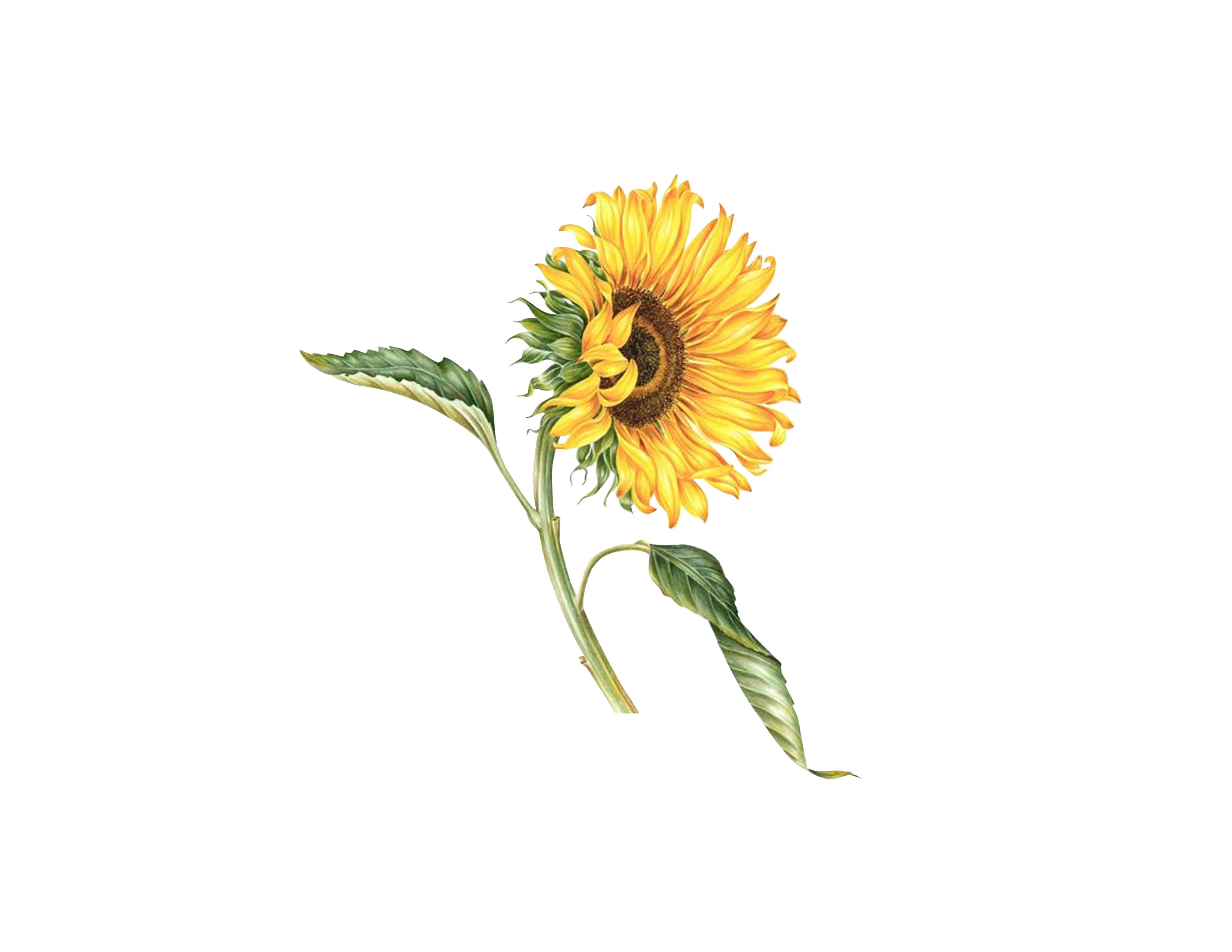
Sunflowers make up the genus Helianthus. In Greek, helios means sun and anthos means flower, thus Sunflower. The genus, which contains about 67 species, is thought to be native to the Americas (North, South) originally, and were domesticated around 1000 B.C. The large, solitary Sunflower blossom, sometimes as large as a meter in diameter, is composed of yellow ray flowers and a central disk. The Central disk is composed of either yellow, brown, or purple flowers, depending on the species. The flower is actually a head of numerous flowers crowded together.

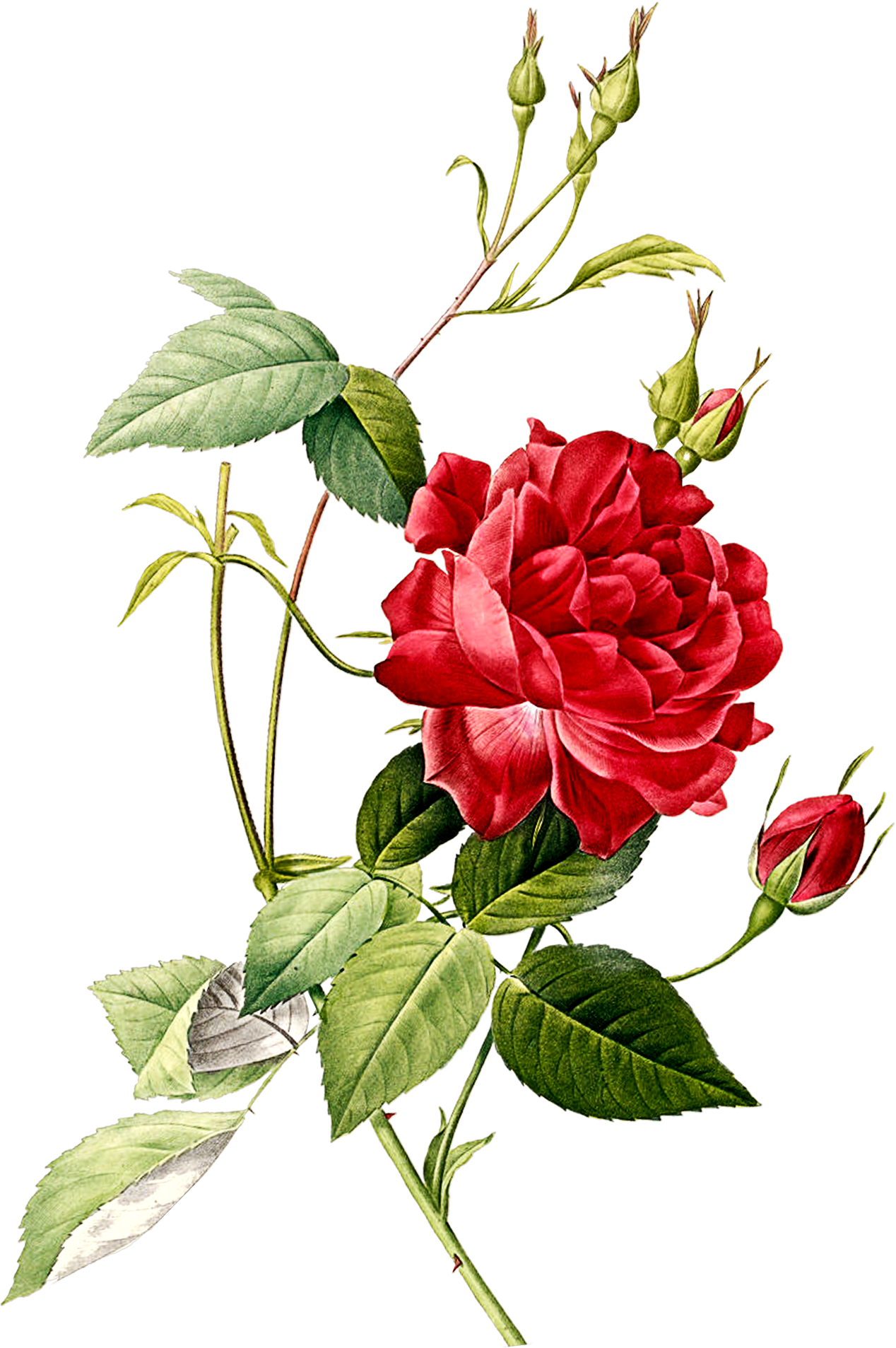
The name rose comes from French, itself from Latin rosa. The rose has been a favorite flower in many lands since prehistoric times. It appears in the earliest art, poetry, and tradition. It has been used in innumerable ways in decoration. In ancient times it was used medically—Pliny lists 32 remedies made of its petals and leaves. Formerly it was eaten in salads and conserves. It was sacred to Aphrodite and was a favorite flower of the Romans, who spread its culture wherever their armies conquered. Among the old species are the cabbage rose and the damask rose, both native to the Caucasus; the latter especially is cultivated for the perfume oil attar of roses.

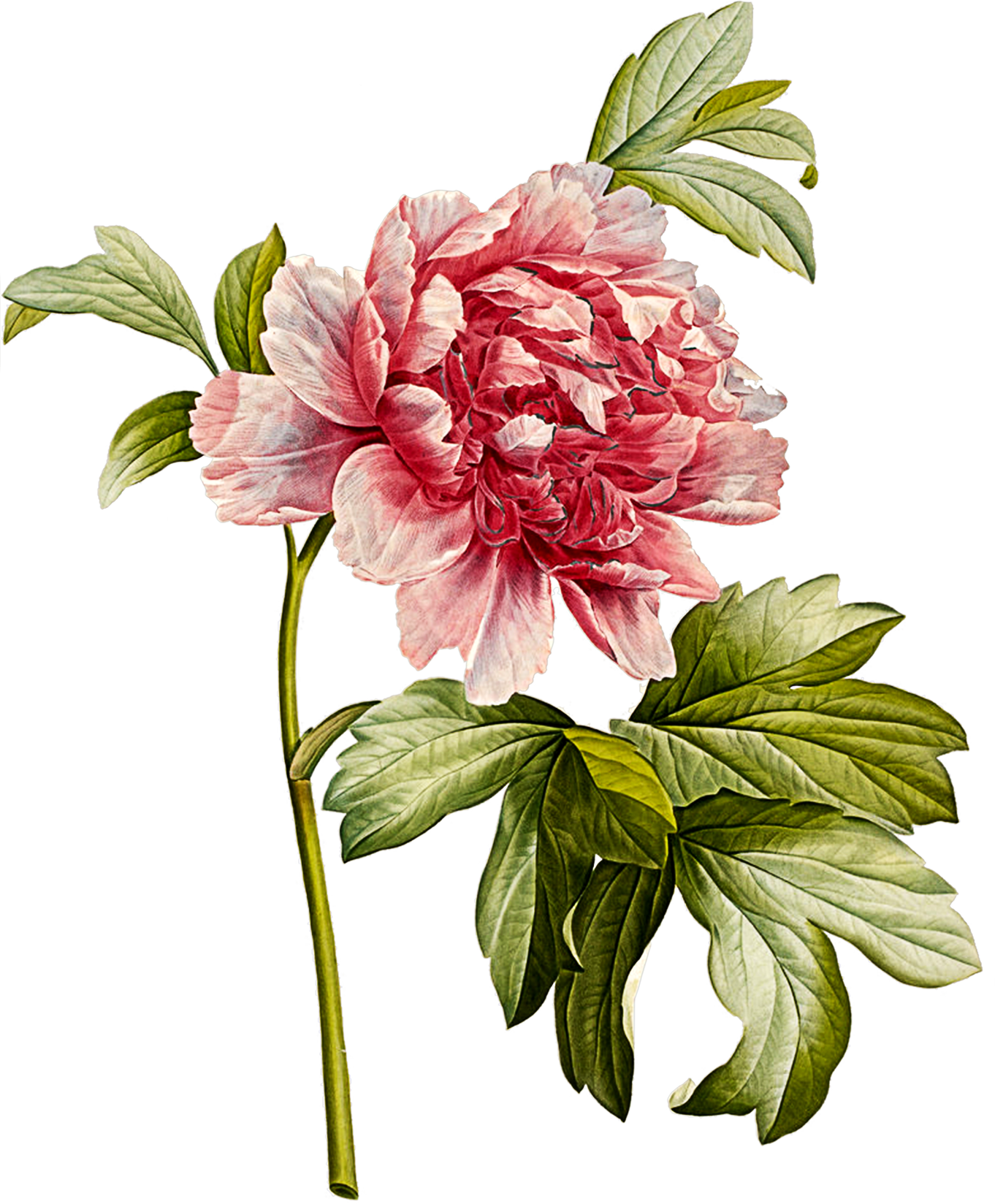
Perhaps the best-loved perennials, herbaceous peonies belong in almost every garden. Their sumptuous flowers -- single, semidouble, anemone centered or Japanese, and fully double - in glorious shades of pinks and reds as well as white and yellow announce that spring has truly arrived. The handsome fingered foliage is usually dark green and remains good-looking all season long.

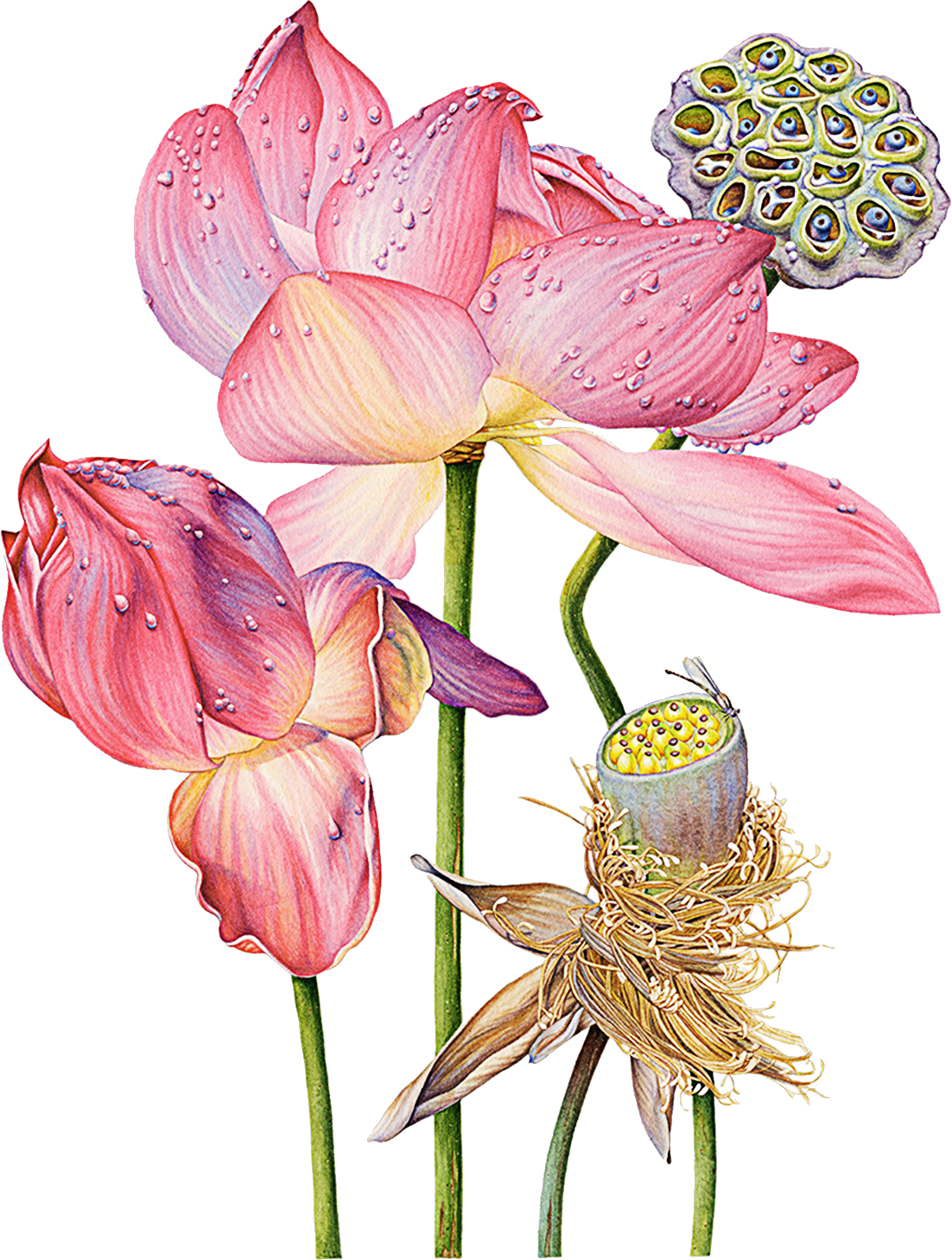
No other plant figures so prominently in Asian religions as the Lotus. Both Hindus and Buddhists regard it as a sacred symbol and use it not only in offerings but also in countless art forms. The Lotus is native to Asia and flourishes in a wide range of climates from India to China. Unlike other members of water lily family, its large pink or white petalled flowers and leaf stalks rise above the water, sometimes for a considerable distance. The large, round leaves are covered with a network of microscopic hairs, which keep them dry in a rain. When the flower flower petals fall, they are replaced by a flat-topped seed pod divided into compartments, resembling a wasp's hive.


There are many kinds of flowers which have been called "Lilies" but many of these so-called Lilies such as the day-lily, water-lily, and arum-lily, actually belong to other groups of flowering plants. The Lily flower symbolizes purity and refined beauty. Based on the color or type, the Lily flower can convey different meanings. Due to its regal beauty and the variety in color and type that can symbolize a variety of meanings, Lilies are also popular flowers for gifting purposes. Among the flower bouquets of lilies, stargazer and cassablanca lily bouquets are the most sought after floral bouquets. Besides bouquets, lily bulbs as well as potted lily plants are also popular gifts.


Chamomile is a traditional medicinal herb native to western Europe, India, and western Asia. It has become abundant in the United States, where it has escaped cultivation to grow freely in pastures, cornfields, roadsides, and other sunny, well-drained areas. The generic name, chamomile, is derived from the Greek, khamai, meaning "on the ground," and melon, meaning "apple." The official medicinal chamomile is the German chamomile Matricaria recutita. Chamomile was revered as one of nine sacred herbs by the ancient Saxons. The Egyptians valued the herb as a cure for malaria and dedicated chamommile to their sun god, Ra.